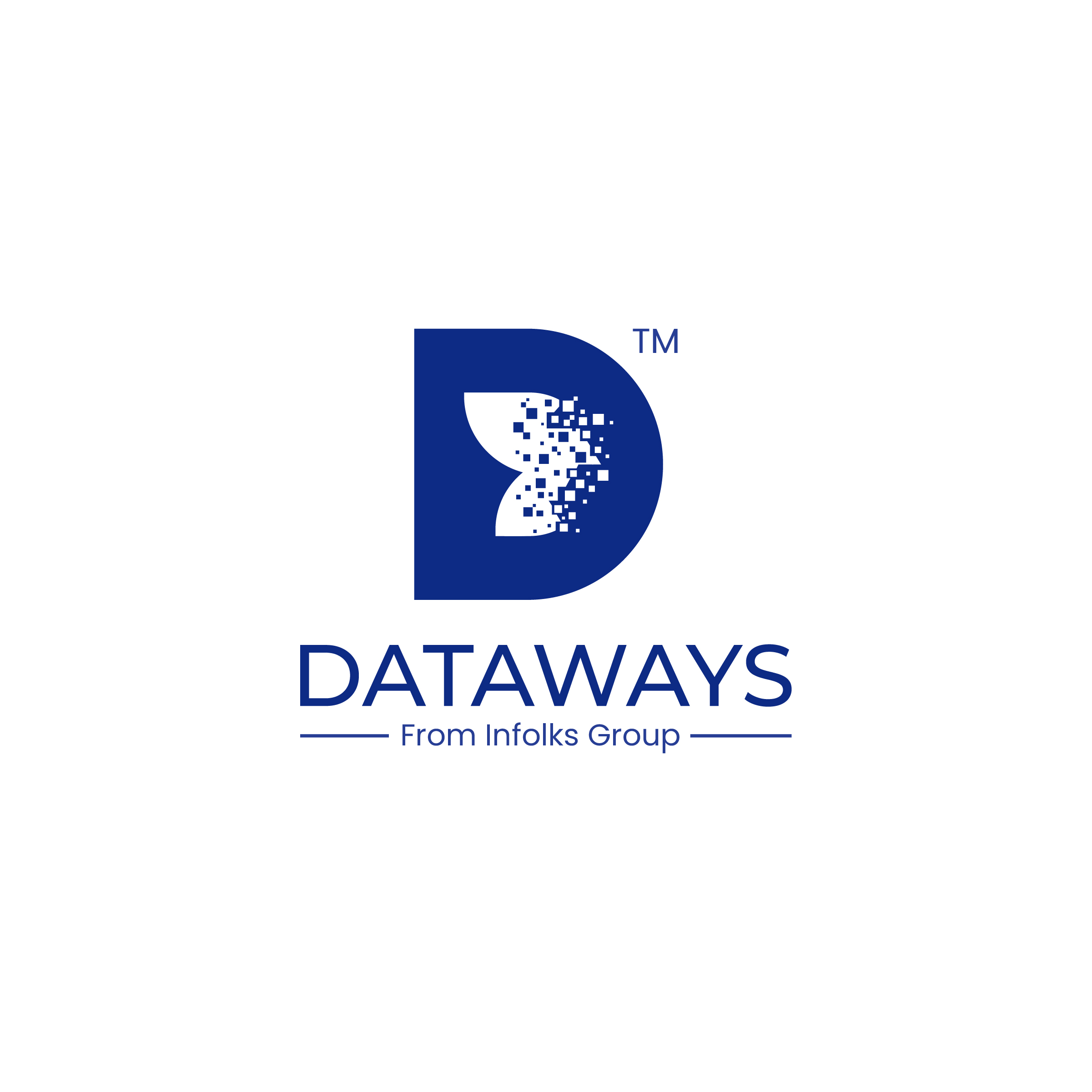Data Collection: The Fuel of Artificial Intelligence
 Dataways
Dataways
Artificial intelligence (AI) has infiltrated nearly every aspect of our lives. It has become a part of our everyday routines, touching everything from medical diagnosis in the healthcare industry and self-driving cars in the automobile sector to managing our finances and optimizing crop yields. You might not even realize it, but AI is there, working behind the scenes to make our everyday lives secure and easier.
At the heart of AI lies data, serving as the fuel that powers machine learning algorithms and enabling the systems to learn, adapt, and make proper and accurate decisions. While AI and data have become widely recognized concepts, there's often less awareness about how crucial the data is for creating precise AI or machine learning models. In this article, we will explore the intricate relationship between data collection and AI development. We'll also dive into the reasons why data quality matters, the different types of data, and the challenges associated with data collection.
Data's Vital Role in AI Training
Data shapes the very essence of artificial intelligence, giving it structure, depth, and purpose, much like a sculptor shapes clay into complex models. Data training is an indispensable aspect of artificial intelligence and machine learning needed for refining models to achieve accuracy, efficiency, and proper functionality. Imagine a child learning to identify different objects. By showing pictures of and being told what each object is, the child develops a mental model for recognizing various objects. Similarly, AI models learn by being exposed to vast amounts of quality data. This data is like a teacher for the model, helping it recognize complex patterns, connections, and guidelines hidden within.
The more data an AI model is exposed to, the better it performs. This is because AI is like a sponge, it soaks up information to become better and better. A greater volume of data enhances the performance of AI models by offering a more comprehensive understanding of the world. This allows them to handle situations with more variation and complexity.
AI training is the process of teaching algorithms to identify patterns and draw conclusions from input data. Whether it's image recognition, natural language processing, or autonomous driving, AI algorithms learn from examples provided in the form of data. The learning process typically involves training the algorithm with data, which can be either labeled or unlabeled.
Labeled Data: In labeled data, each data point is associated with the correct output or label. For example, an image showing a fruit basket with each fruit accurately labeled and tagged with its corresponding name. This type of data is commonly used in supervised machine learning, where the algorithm learns to map inputs to outputs based on the provided examples.
Unlabeled Data: Unlabeled data, on the other hand, is raw data that hasn't been categorized or labeled. It is used in unsupervised learning, where algorithms learn patterns exclusively from unlabeled data, discovering insights without any human guidance. Unlabeled data is generally much more abundant and easier to collect than labeled data.
In machine learning, both kinds of data are crucial, the choice between labeled or unlabeled data is made based on the specific learning task, time limitations, and the available resources.
Data Dimensions: Quality, Quantity, and Diversity
The effectiveness of AI models heavily relies on the quality and volume of the data they're trained on. When the data is of high quality, it enables the model to learn accurately and precisely, thereby making appropriate and relevant decisions. Conversely, poor-quality or biased data causes the model to capture flawed insights and hence leads to faulty and unfair results. The quality of the data is important because it directly impacts the performance and authenticity of the AI models. In short, the quality of output is determined by the quality of input.
When teaching AI, having a large dataset is also important. The more data it is exposed to, the more patterns and relations the AI can learn, which improves its performance in various scenarios. Although both quality and quantity of data are significant, quality over quantity is the guiding principle while developing an AI model.
Another big deal is having diverse data. This means having all kinds of different examples for the AI to learn from. For example, for a face recognition system to identify people appropriately, it has to be fed with facial datasets spanning different demographics. Diversity in training data ensures that AI models are robust and inclusive and there will be no unintentional discrimination or bias towards any one group.
Hence, it can be stated that as much as data is important for AI, it is also important that the model has to be fed with high-quality, accurate, precise, diverse data collection in sufficient amounts for it to learn and deliver acceptable and reliable outcomes.
Types of Data for AI
Some of the main types of data that are utilized for AI training are:
Structured Data: Structured data is quantitative data, meaning it includes data that can be measured or counted. It is organized, typically formatted into tables, and is easily searchable. Examples include user activity on websites, financial transactions, data stored in Excel spreadsheets, etc.
Unstructured Data: This type of data doesn't have a predefined data model or structure. It includes text, images, videos, audio recordings, and sensor data. To analyze and process this type of data, special techniques are required. For example, NLP for text, computer vision for images, and speech recognition for audio.
Semi-Structured Data: Semi-Structured Data combines structured and unstructured data. It does not follow the format of a tabular data model but has some structure. Examples include emails, social media posts, and web data.
Temporal Data: This type of data is information that varies over time. Time-series data keeps track of the current time and real-world conditions. It supports informed decision-making by providing a historical context and allows for predictive modeling. A few examples include stock price data, weather data, etc.
Data Collection: Challenges and Ethical Concerns
Data collection presents significant challenges and limitations. One main hurdle is the acquisition of high-quality labeled data, a process that is both time-consuming and expensive. It must be understood that biased and inaccurate data leads to defective and faulty AI systems, necessitating careful efforts to gather accurate and precise data. Additionally, ensuring data relevance, quality, and diversity often demands extensive preprocessing. And with valuable data comes the risk of breaches and unauthorized access. Strong security protocols are essential for safeguarding data against these breaches.
Concerns regarding ethics also exist corresponding to AI data collection. Large-scale data collection raises concerns regarding individual consent, potential misuse and transparency of data. Achieving a healthy balance between innovation and privacy protection calls for the establishment of strict and robust regulations, ethical guidelines, and responsible data governance practices. Moreover, implementing anonymization techniques and privacy protection measures can serve as safeguards, upholding the privacy rights of every individual.
Conclusion
In conclusion, the importance of data collection in AI training cannot be overstated. From training machine learning algorithms to learn, adapt, and make decisions, to ensuring model accuracy and fairness, data collection plays a great role. Data thus serves as the foundational building block for AI systems, much like education lays the groundwork for thoughtful judgments and wise choices in humans. And as AI continues to permeate every aspect of our lives, the significance of high-quality, diverse, and ethically sourced data is critical.
However, while the potential of innovation through data is exciting, it must be understood that ensuring responsible and ethical data collection is a big challenge. Ethical considerations are paramount which require strong regulations, transparent data handling practices, informed consent, and robust security measures to protect privacy and prevent misuse.
Dataways is your absolute best choice for data collection services because we’re steadfast in our dedication to unique standards, with high-quality service being our foremost priority. Trust Dataways for excellence, affordability, and unwavering data security every step of the way. Connect with us and experience the satisfaction of partnering together.
Subscribe to my newsletter
Read articles from Dataways directly inside your inbox. Subscribe to the newsletter, and don't miss out.
Written by

Dataways
Dataways
Dataways is an AI data collection entity from Infolks Group which focuses on collection of datasets to train AI/ML models to enhance its performance.